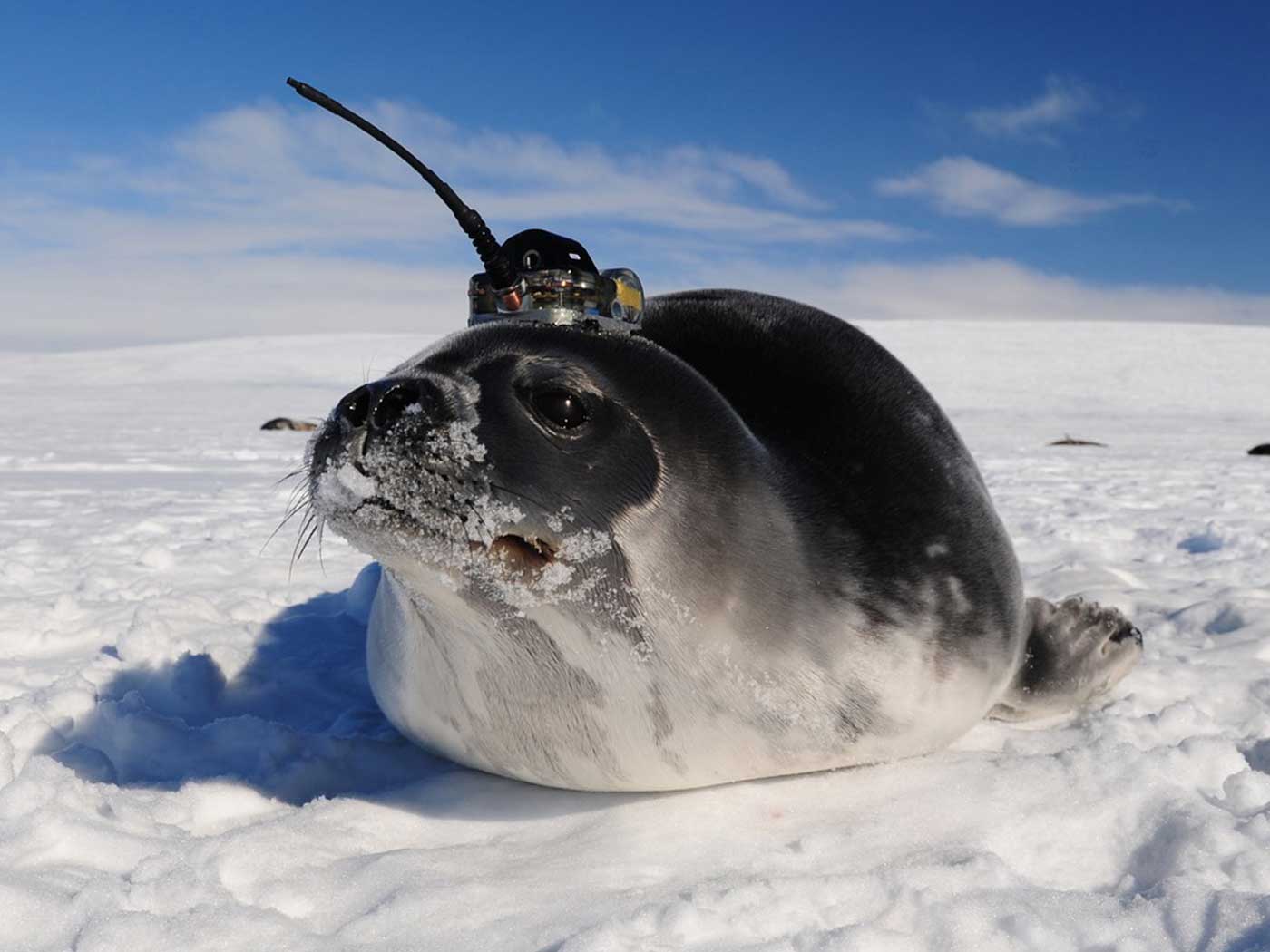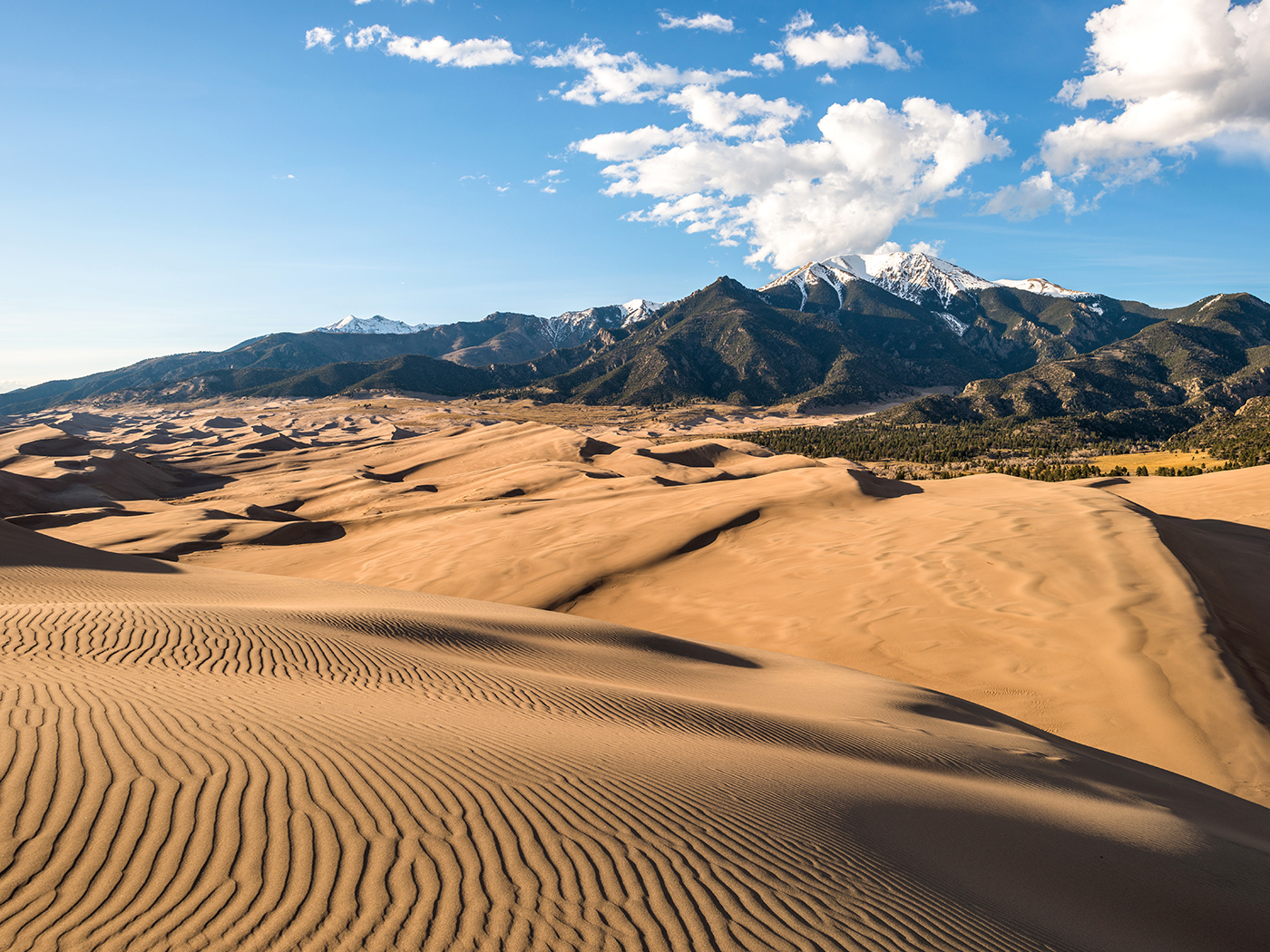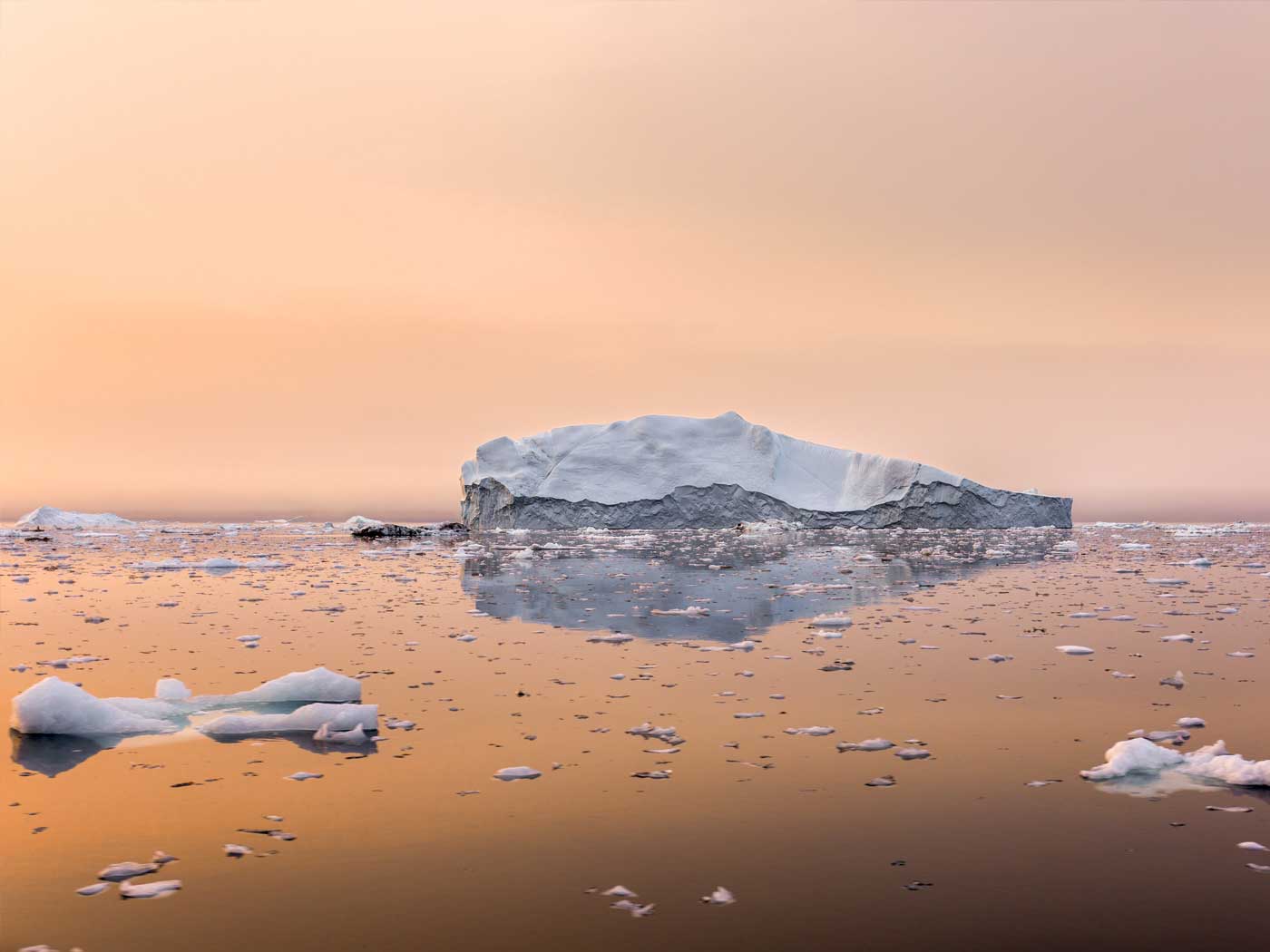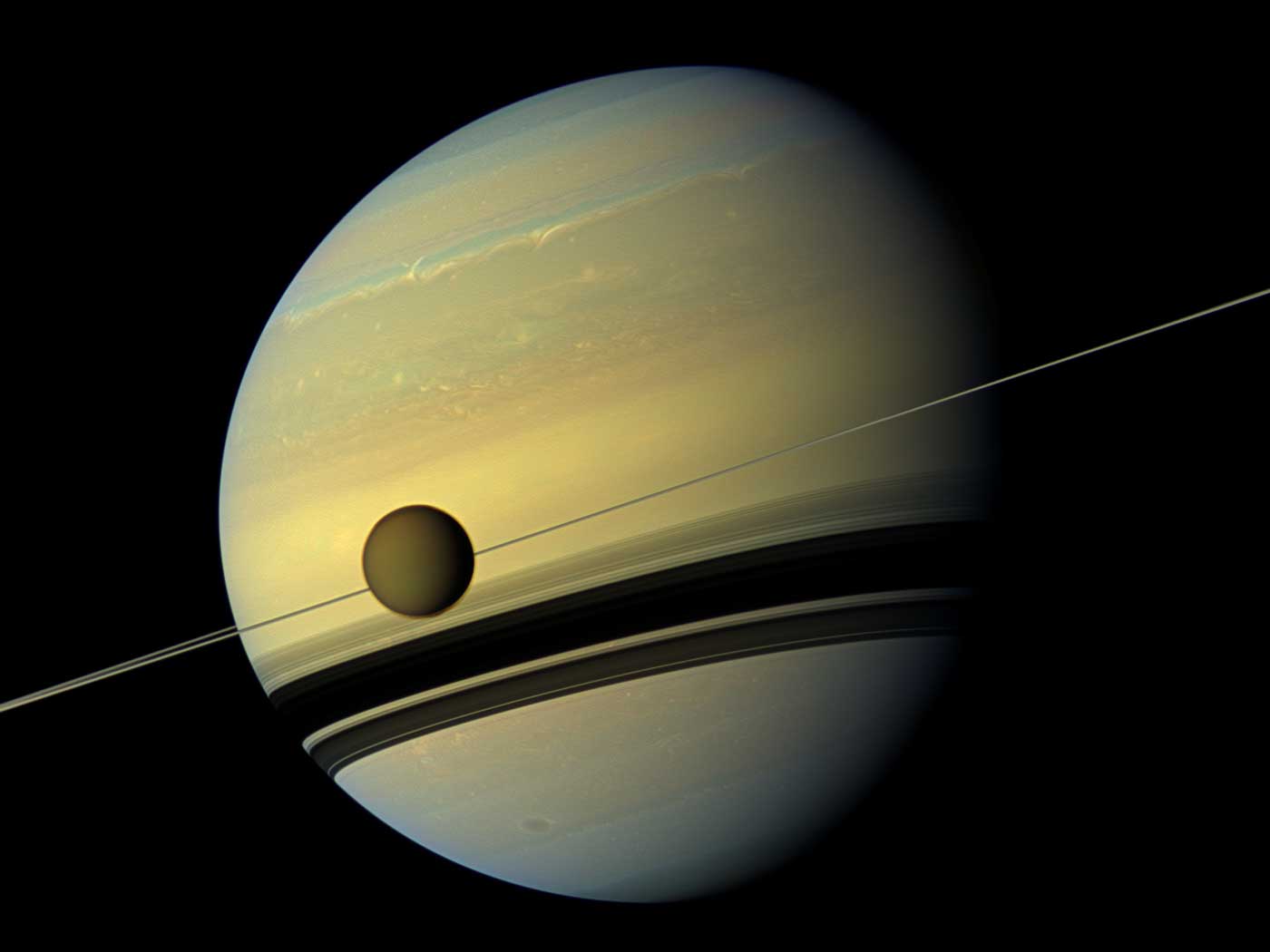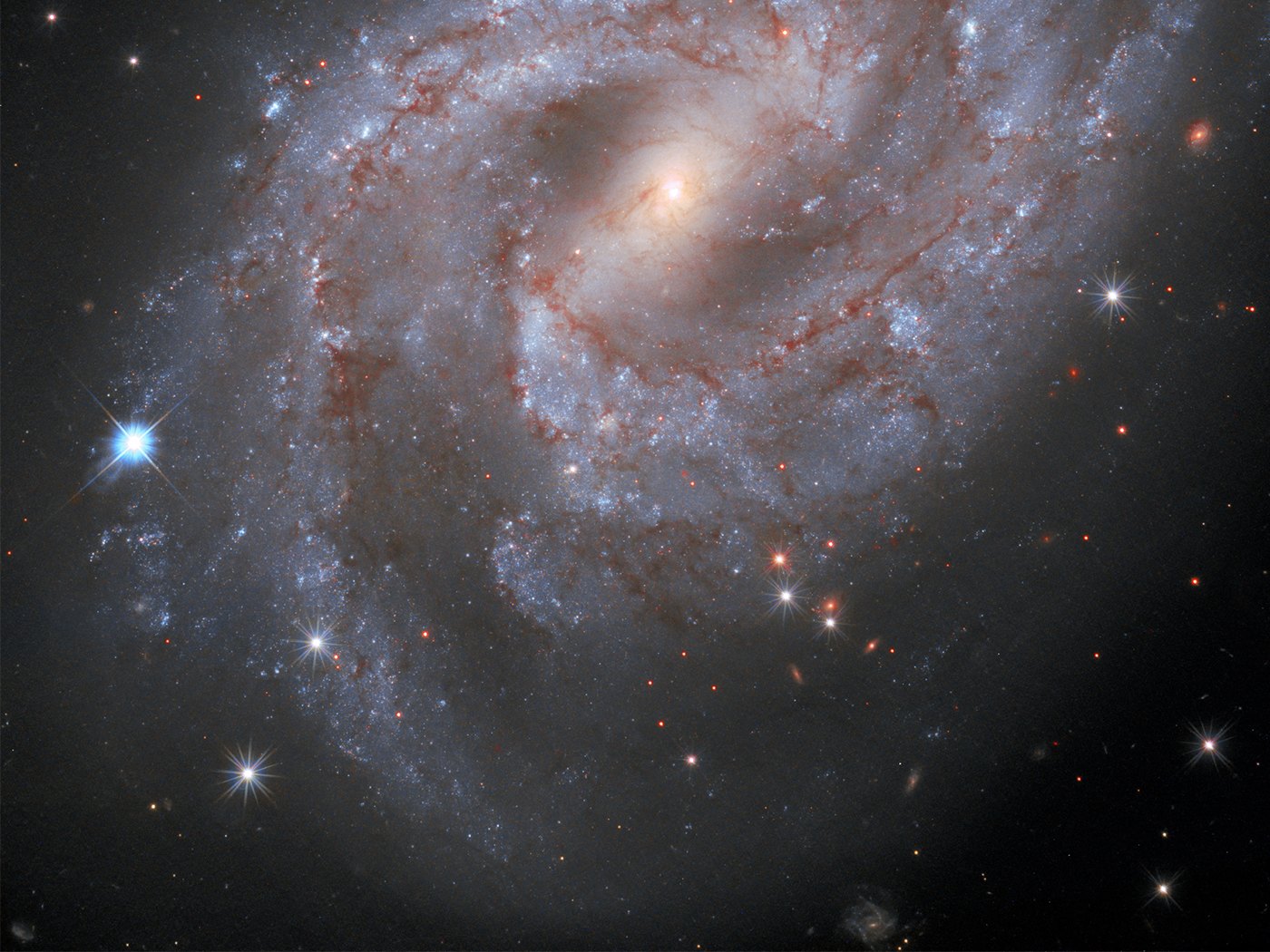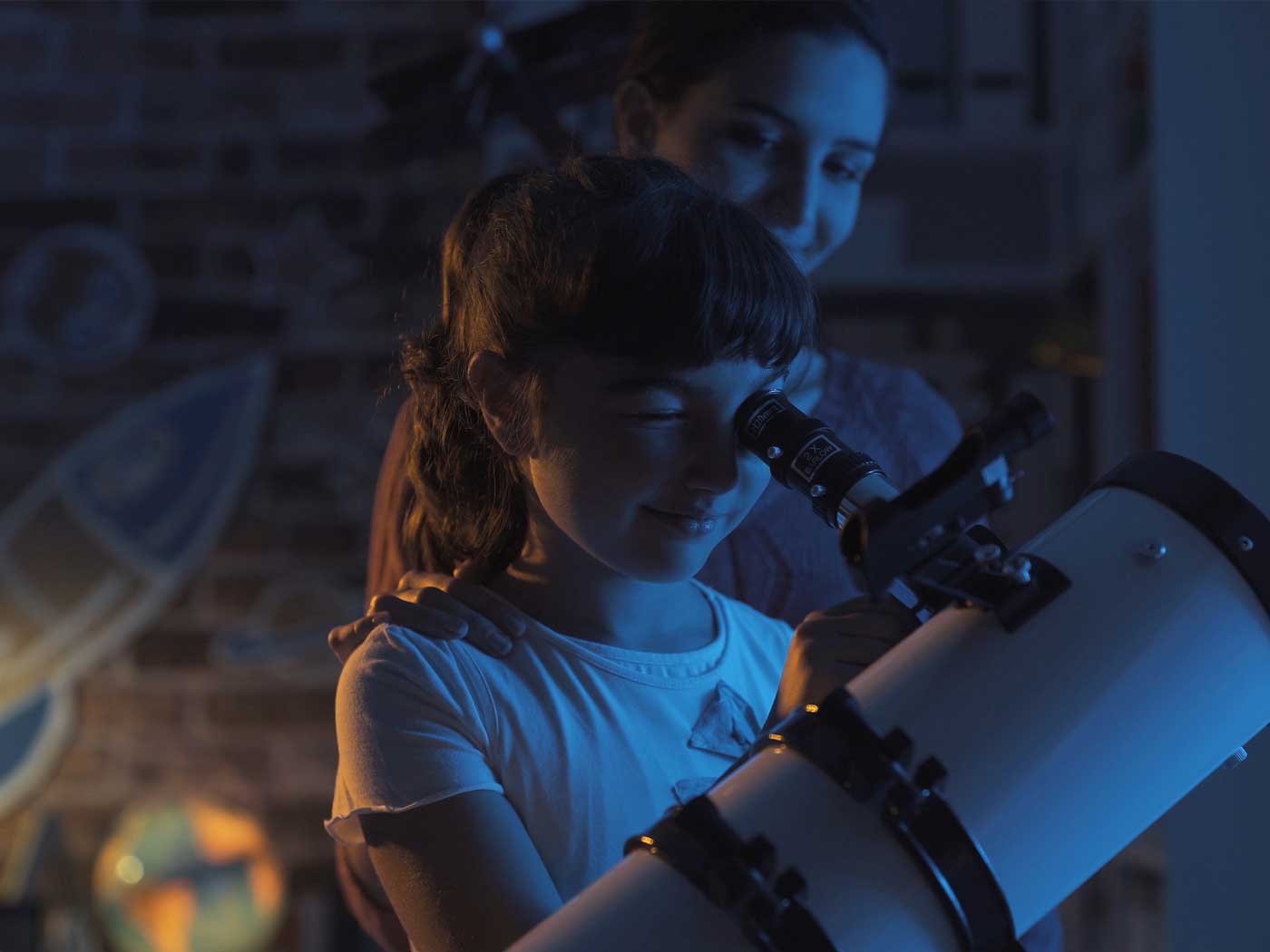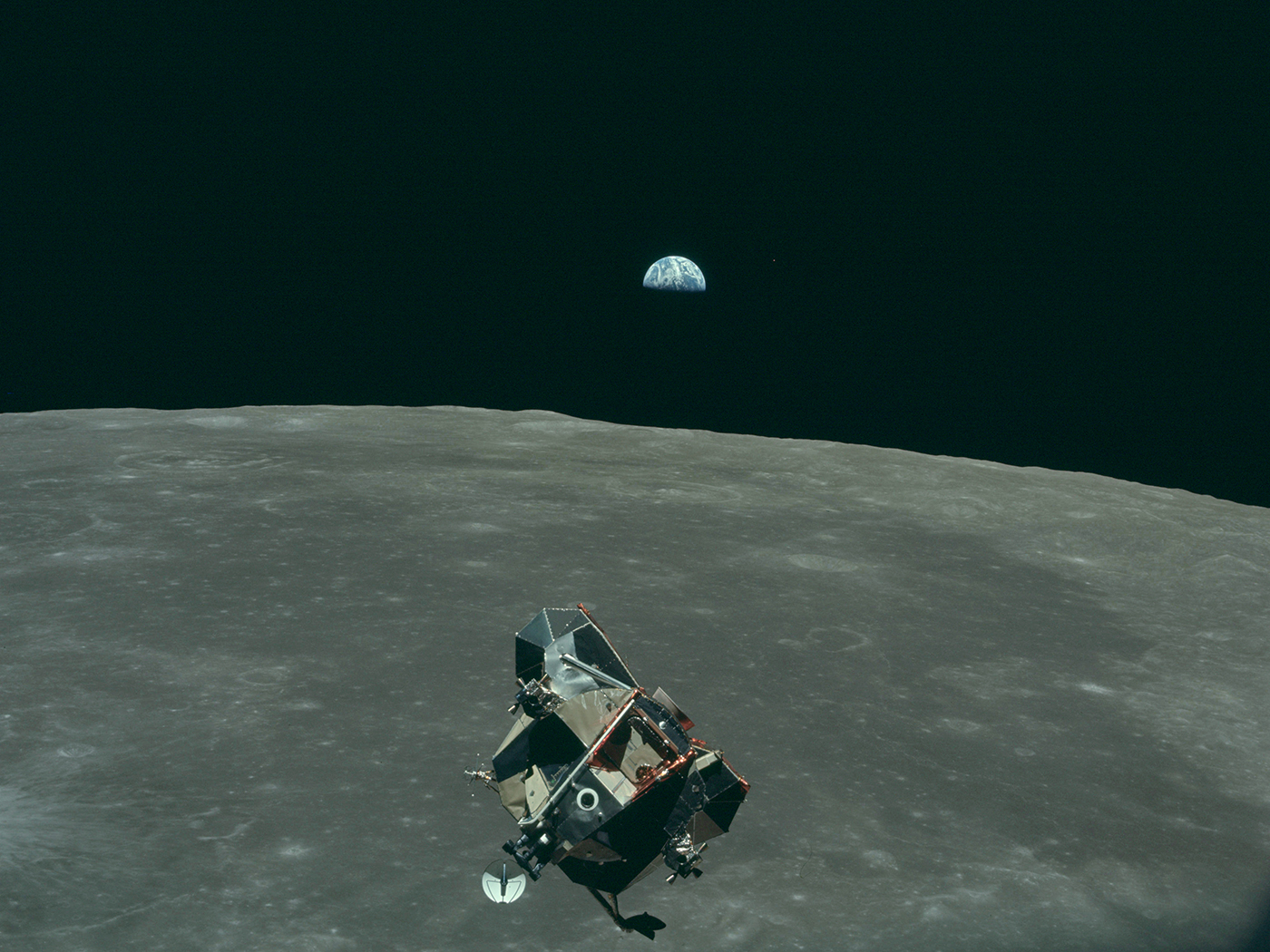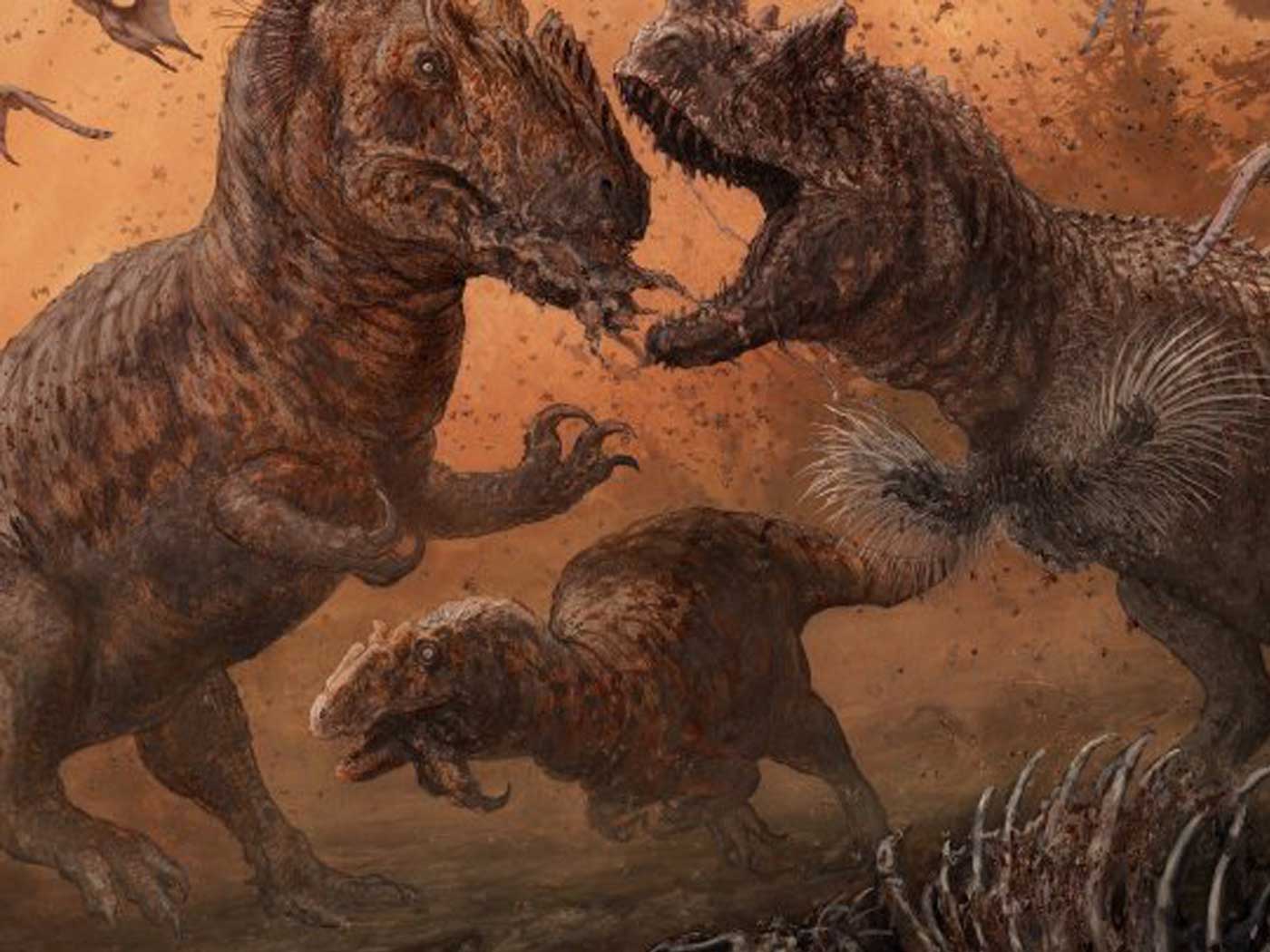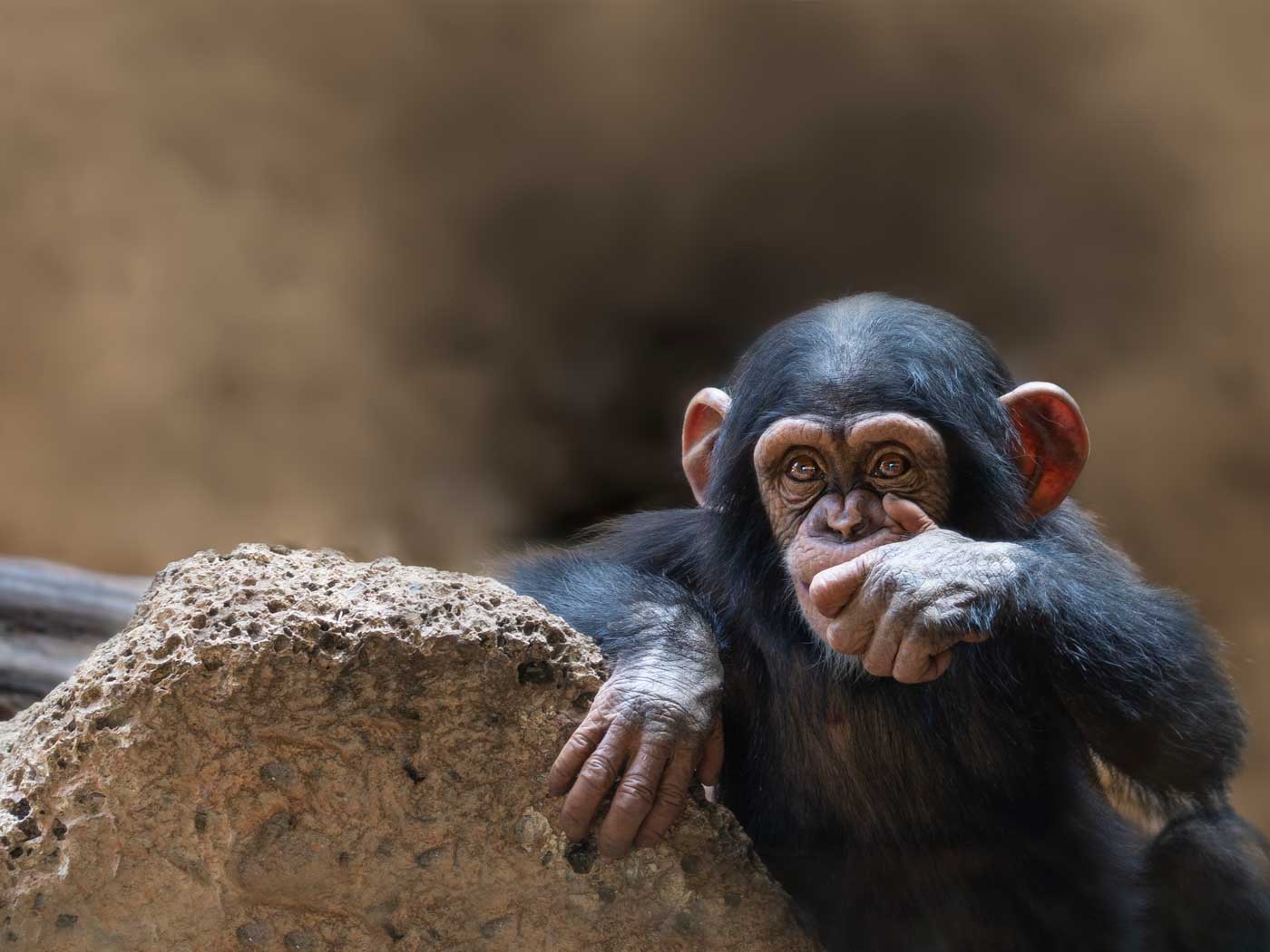Recently, the southeastern United States was hit by a huge cloud of dust from the Sahara desert that drifted across the Atlantic Ocean. A second such cloud arrived soon after.1,2
These Saharan dust clouds are actually quite common, but this plume is one of the most extreme ever recorded.3
Unfortunately, these dust clouds have the potential to irritate peoples’ respiratory systems, and some locations have seen dramatic decreases in air quality. Experts recommend that people with chronic lung conditions should stay inside, keep their windows and doors closed, and should run their air conditioning units, but with the fresh-air intake closed.4
On the bright side, however, experts think that these dust clouds can inhibit hurricane formation. They also produce spectacular sunsets for reasons explained below.3
This dust causes the sky to have a whitish haze for a similar reason that molecules in the atmosphere cause the sky to appear blue.5 Light from the sun is basically white in color, as you can verify by looking at photographs showing the sun taken from the International Space Station. This white light is composed of all the colors of the visible spectrum. For simplicity, you can think of white light as being composed of equal parts of red, blue, and green light. The blue light has a shorter wavelength than the green light, while the red light has the longest wavelength of all. Molecules in the atmosphere (mainly nitrogen and oxygen) scatter all the colors, but they preferentially scatter blue light the most.
By the way, this is also the reason the noonday sun appears yellow. Subtracting blue light from the sun’s white light leaves behind red and green light to reach your eyes directly. Since red and green light make yellow light, your eyes perceive the sun as being yellow in color. (Of course, you should never look directly at the sun without appropriate protective gear.)
Sunsets and sunrises appear reddish in color because at dawn and dusk, light from the sun has to travel through a greater thickness of atmosphere to reach your eyes than when the sun is high in the sky. For this reason, more of the green light is also scattered in addition to the blue, and the remaining red light directly reaches your eyes, giving the sunset its reddish tint.
Pollutants in the air enhance this effect, which is why dust storms like the recent one from the Sahara are accompanied by brilliant, beautiful sunsets. As the Scriptures say, “You [the Lord] make the outgoings of the morning and evening rejoice.”6
References
1. Madani, D. Massive Sahara Desert dust cloud reaches America’s south. NBC News. Posted on nbcnews.com June 27, 2020, accessed June 29, 2020.
2. Dolce, C. Another Round of Saharan Dust is Headed for the U.S. Gulf Coast This Week. The Weather Channel. Posted on weather.com June 29, 2020, accessed June 29, 2020.
3. Harvey, C. Saharan Dust Plume Slams U.S., Kicking Up Climate Questions. Scientific American. Posted on scientificamerican.com June 26, 2020, accessed June 29, 2020.
4. McCleary, K. Georgia officials warn of potential health problems linked to Saharan dust cloud. CNN. Posted on cnn.com June 28, 2020, accessed June 29, 2020.
5. Hewitt, P. G. Conceptual Physics, 10th ed. San Francisco, CA: Pearson, 521-524.
6. Psalm 65:8.
*Dr. Jake Hebert is Research Associate at the Institute for Creation Research and earned his Ph.D. in physics from the University of Texas at Dallas.
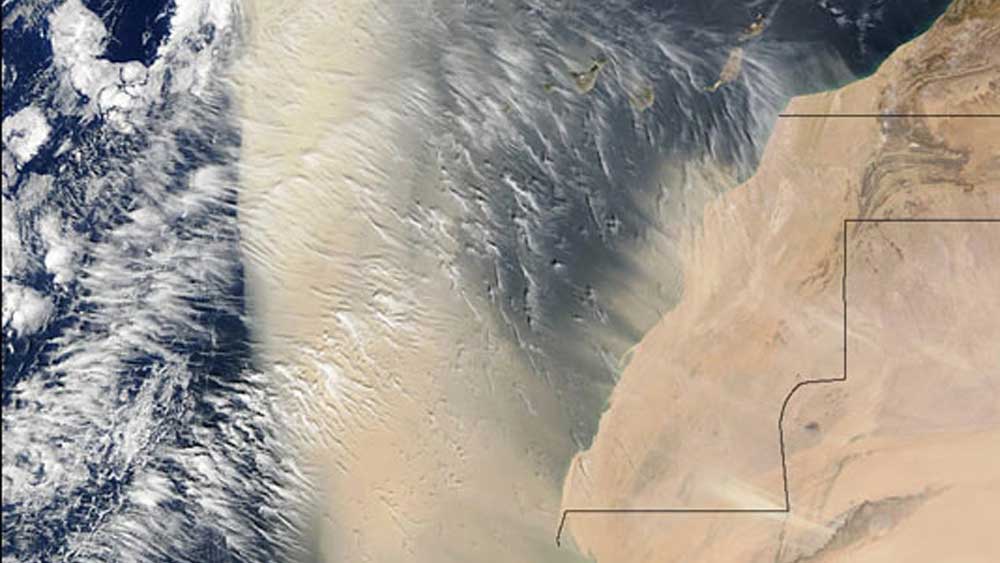
Saharan Dust Cloud Strikes United States
The Latest
Was a Key to Photosynthesis Evolution Discovered?
Northern Canadian lakes were the source of recently discovered unique photosynthetic bacteria of the phylum Chloroflexota. After years of culturing,...
CREATION PODCAST
Four Moons That Indicate a Young Universe | The Creation Podcast:...
Earth has one moon, but Jupiter has many! What can we learn from our celestial neighbor's satellites? Do they indicate youth?
Host...
Creation Kids: Seeds and Sprouts
by Renée Dusseau and Susan Windsor*
You're never too young to be a creation scientist and explore our Creator's world. Kids, discover...
APOLOGETICS
Christ’s Creativity in Canyon Critters
Grand Canyon animals display many marvelous traits and behaviors as they live life in that harsh habitat. These canyon creatures succeed thanks to the...
Standing Against False Science
I’m Michael Stamp, and I’m in my 12th year as an editor at the Institute for Creation Research. It’s always an encouragement to see...
Oysters and Pre-Flood Longevity
The oyster species Crassostrea virginica, also known as the eastern oyster, is a prized seafood. Research has demonstrated that a fossil version of...
Galápagos Finches: A Case Study in Evolution or Adaptive Engineering?
A group of birds known as Darwin’s finches live in the Galápagos Islands, which are located in the Pacific Ocean 600 miles west of Ecuador....
Hot Springs National Park: Hydrothermal Springs Formed By The...
Hot Springs National Park is located about an hour southwest of Little Rock in the folded Ouachita Mountains of central Arkansas. It is the second smallest...
Why Biology Needs A Theory of Biological Design—Part 2
“Based on a true story” is included by movie producers to add authenticity, importance, and a flair of anticipation. So, my account of how...
Marine Fossil Tapeworm Is Still a Tapeworm
The Flood was both sudden and rapid. The burial of creatures—including delicate plants and soft-bodied animals like jellyfish1—occasionally...





